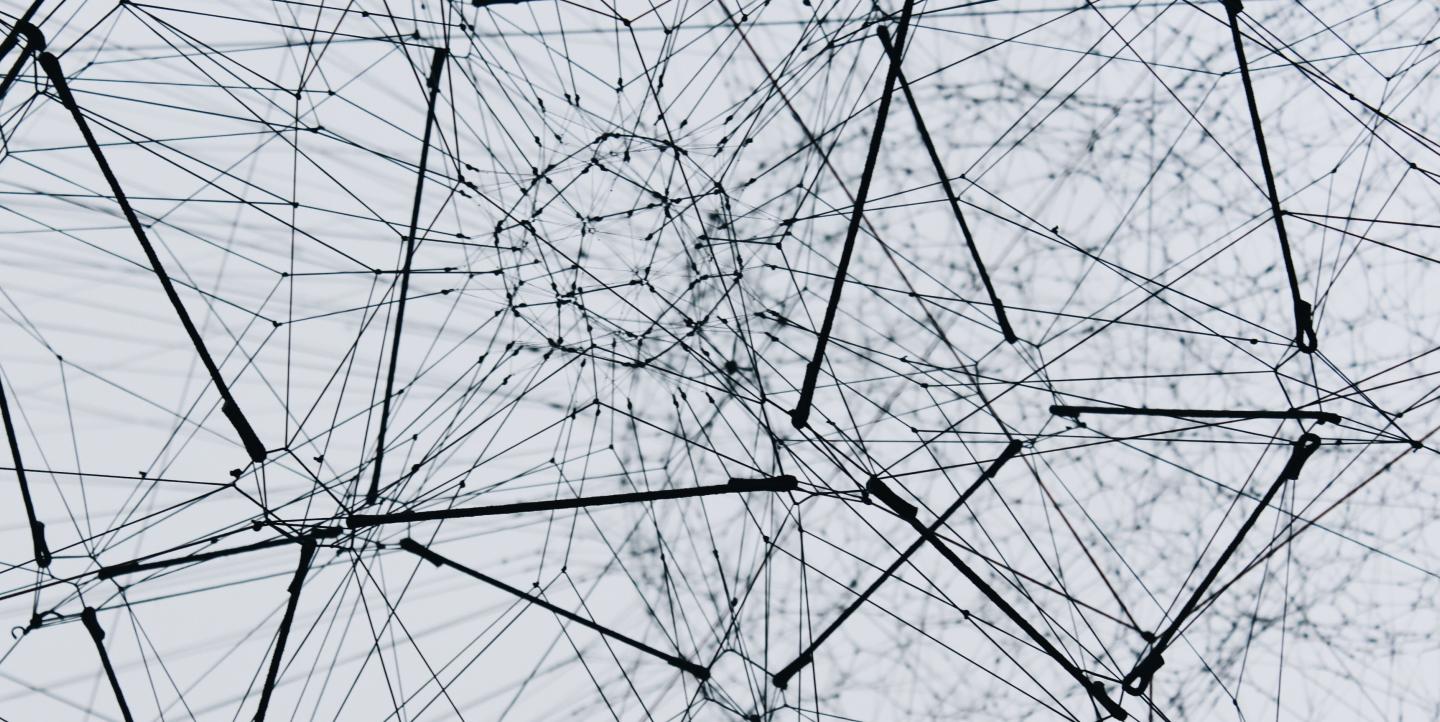SHERRY RICCHIARDI

Aself-described “college nerd” sat on a porch in Birmingham, Alabama, explaining via Zoom how he runs one of the most-followed Twitter feeds on the war in Ukraine. Around 275,000 regularly check his account, The Intel Crab.
Justin Peden, 20, is an example of how data is being used to debunk disinformation in today’s high tech ecosystem. He uses geolocation, satellite imagery, TikTok, Instagram and other sleuthing tools to monitor the deadliest conflict in Europe since World War II.
Scouring the internet for streaming webcams, smartphone videos and still photos to pinpoint Russian troop locations, air bombardments and the destruction of once peaceful neighborhoods are a routine part of his day. If a Russian commander denies bombing an area, Peden and other war watchers quickly post evidence exposing the falsehood.
“I never dreamed in a million years that what I was doing could end up being so relevant. I just wanted to expose people to what was going on [in Ukraine]. I really am just a regular college kid,” said the University of Alabama at Birmingham junior.
Open source intelligence (OSINT) has become a potent force for online detectives like Peden. They use data to break through the fog of war, operating on computers thousands of miles away. Their impact has not gone unnoticed.
“The intelligence gathering, fact-checking, and debunking is happening in real time. The online crowd is also documenting the movement and placement of Russian troops, creating something more than a snapshot of recent history. It is often actionable intelligence,” said veteran science journalist Miles O’Brien during a PBS program in April.
On the air that day, O’Brien singled out Peden as “a highly regarded practitioner in the fast-growing field of open-source intelligence, or OSINT,” and noted that his postings on Ukraine are followed “outside and inside the intelligence community.” The Washington Post included him in a story on the “rise of Twitter spies.”
There is the saying, “The first casualty of war is truth.” Today, however, there is a shift in the equation. With the click of a mouse, anybody can transmit false information, no matter how dangerous, malicious or intimidating. The invasion of Ukraine is a textbook example of how digital untruths fueled a humanitarian crisis, leading to death and massive destruction.
It is important to note that disinformation differs from misinformation in that it is not only false, but also part of a “purposeful effort to mislead, deceive, or confuse.” In short, it is content intended to harm.
Germany’s Deutsche Welle (DW) is an example of how a verification system can expose actors with a malicious intent to inflict damage. In the run-up to the war, DW’s fact-checking team began compiling a file of false claims and propaganda from both sides in the conflict and publishing corrections. They also made a startling discovery: false information was being put out under their name.
“Pro-Russian fabricated posts pretending to be those of the BBC, CNN and DW are fueling the mis- and disinformation war between Russia and Ukraine,” DW reported in July. The story cited an example from a Japanese Twitter network. Here is an excerpt:
No comments:
Post a Comment